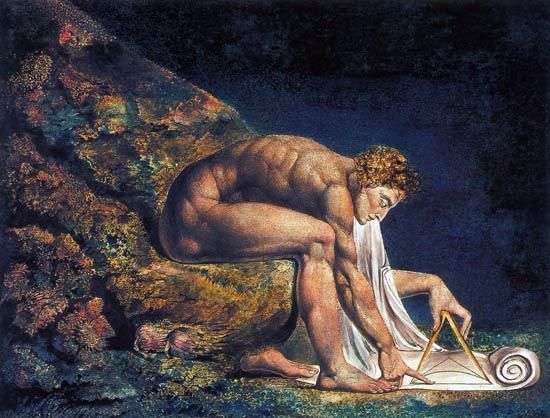
Approximately in 1795, Blake created a series of monotypes. To this day, a dozen such engravings have reached, but researchers agree that there were initially more of them. Each sheet exists in a single copy.
Plots of “Large color engravings” are very diverse and far from always explainable, although each of the works undoubtedly carries a certain hidden meaning. One of the most famous engravings of this series is the engraving “Newton” presented above. Blake quite often supplied his work with the accompanying text, but in this case he is absent.
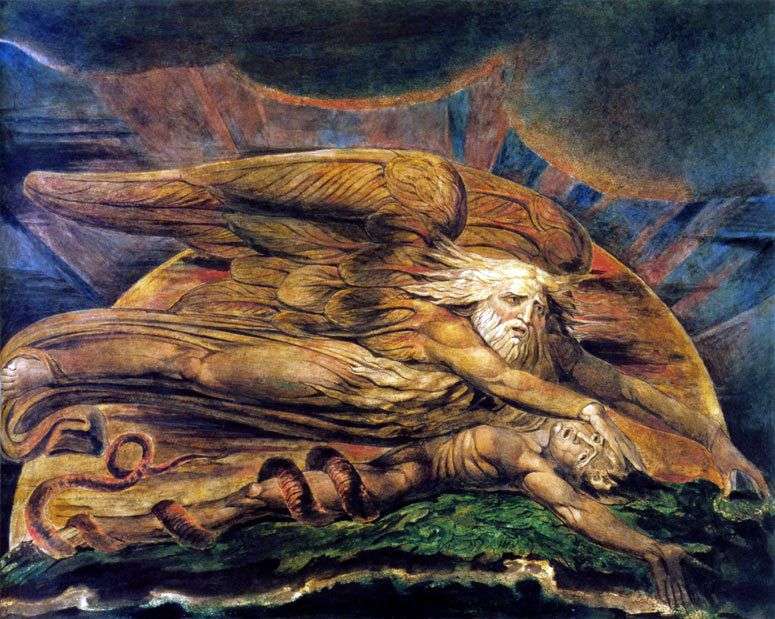 Elohim creates Adam by William Blake
Elohim creates Adam by William Blake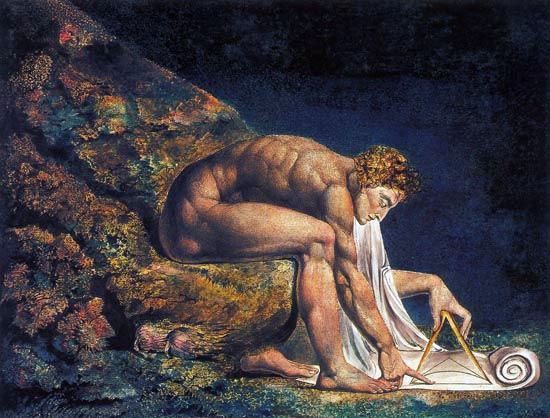 Newton – William Blake
Newton – William Blake Newton – William Blake
Newton – William Blake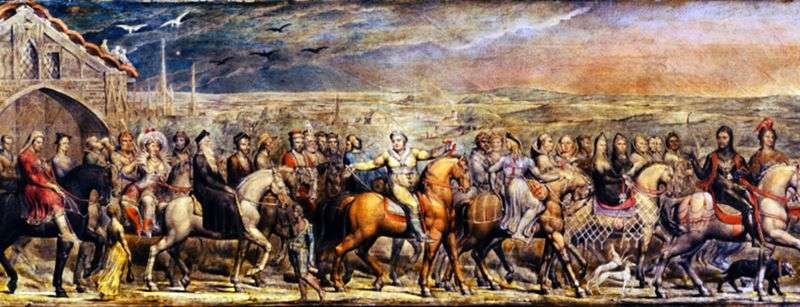 Canterbury Pilgrims by William Blake
Canterbury Pilgrims by William Blake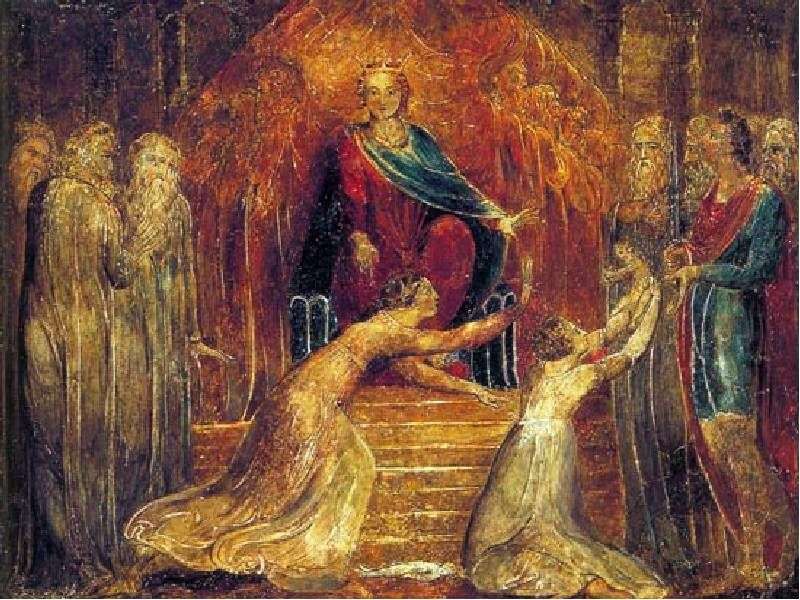 King Solomon’s Court by William Blake
King Solomon’s Court by William Blake The Risen Christ by William Blake
The Risen Christ by William Blake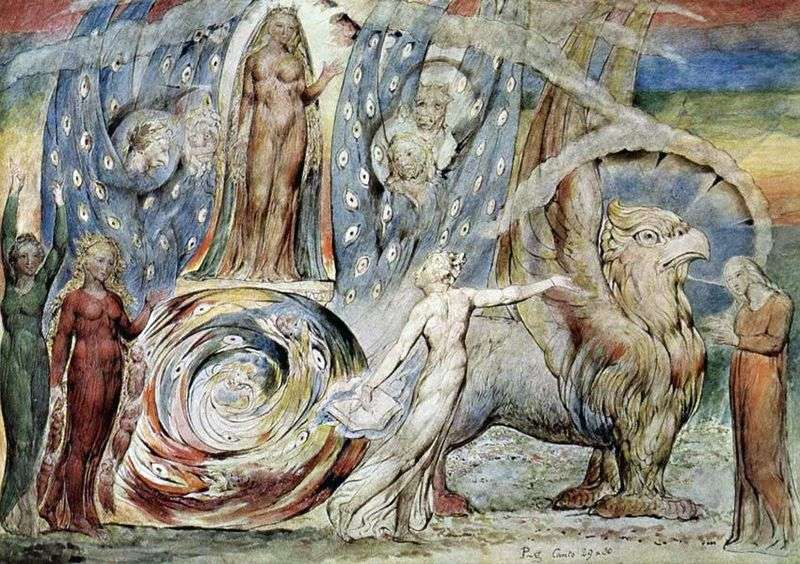 Dante and Beatrice by William Blake
Dante and Beatrice by William Blake Beatrice turns to Dante from the chariot by William Blake
Beatrice turns to Dante from the chariot by William Blake